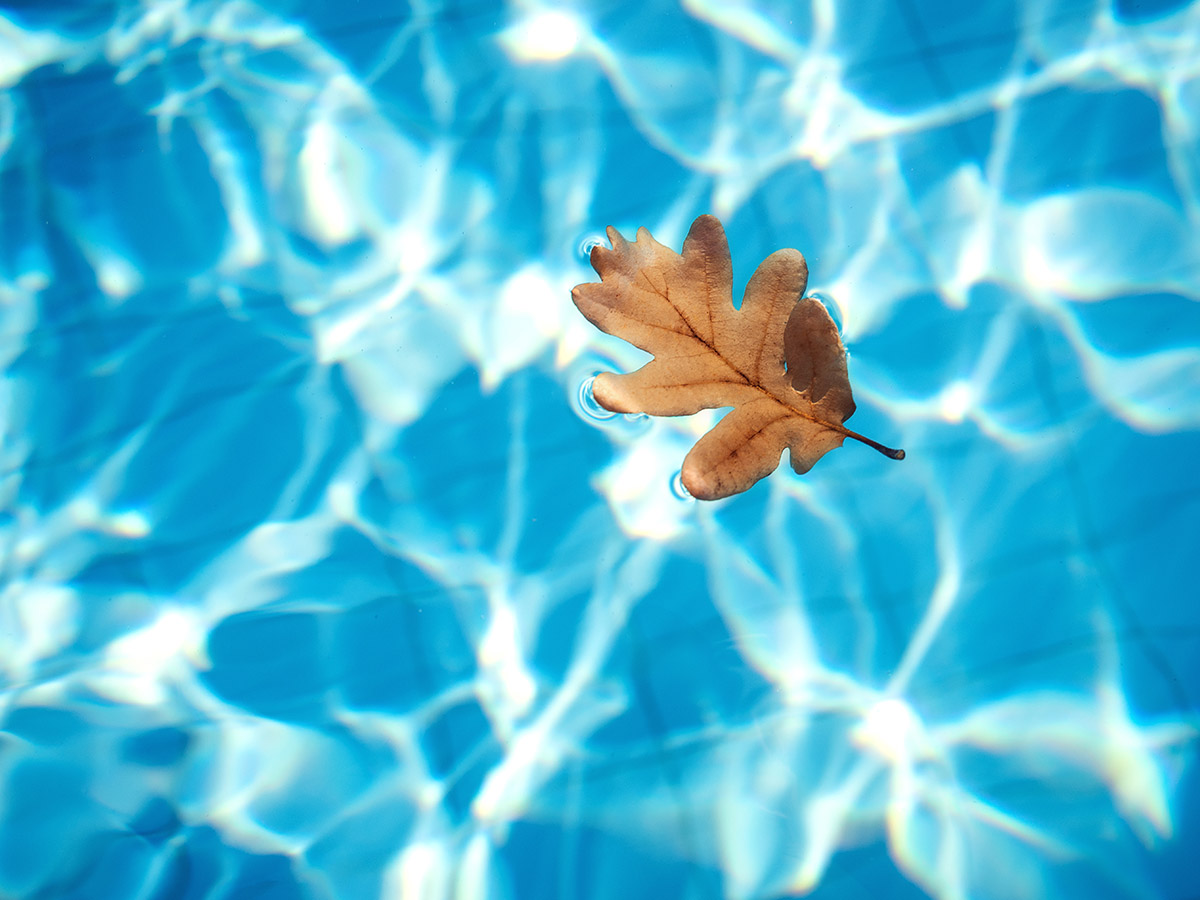With the summer season now over, you may find that your pool is not being used as much, but that doesn’t mean you should just cover it up and forget about it as the weather is still good enough for a swim every now and then. You want to make sure that you can still use the pool if the need arises. At least, before it all gets too cold.
As the leaves are falling during the autumn season and the temperature begins to drop, it is tempting to just let your pool go to sleep, but that would be a big mistake. There are a couple of pool maintenance tips that you need to implement as soon as possible. Acting immediately will help you save money and more importantly protect your pool from any damages.
Here are some simple things to get started:
1. Clean The Whole Pool
The first thing you want to do is remove all dirt and debris from the pool, this is to ensure you are starting autumn with a clean slate.
- Thoroughly brush the floors and walls of the pool
- Scoop and skim all leaves and larger debris out
- Vacuum to waste any debris that has fallen to the pools floor
- Clean out all skimmer and pump baskets thoroughly
2. Clean All Filters
This step is very important as over summer a lot of debris and bacteria would have been trapped inside a filter.
- Sand Filter: Backwash and rinse with a filter cleaning solution. This will breakdown all oil and grease deposits that a regular backwash will not rid of.
- Cartridge Filter: Remove cartridge from housing and soak in a filter cleaning solution to breakdown all debris deposits, then thoroughly hose down. If your cartridge isn’t cleaning out well, it may be time for a new one.
3. Balance The Pool
Now that the pool is clean and clear, let’s move on to chemicals. As water temperatures get colder, the need for certain chemicals will drop. But it’s still very important to ensure the essential balancing levels are maintained.
- pH needs to be between 7.2 to 7.6
- Total Alkalinity needs to be between 100–150ppm
- Free Chlorine needs to be maintained at 2–3ppm
4. Protect Against Algae
Use an algaecide that is appropriate for your pool. The addition of pool algaecide will enhance and prolong the effectiveness of the chlorine and can act as a valuable backup to the anti-algae effects of regular chlorination.
5. Schedule Regular Shock Treatments
It’s recommended to use a regular shock treatment throughout autumn and winter. Once you’ve added the shock treatment appropriate for your pool–run both the pump and filter for several hours to ensure it has been well distributed throughout the water.



